With more start-ups and newer businesses coming up daily, it has become more vital to consider the environment now than ever. Continue reading to explore different ways to make your new (or old!) business eco-friendly.
Since the pandemic hit us in 2020, workplace norms and business strategies have changed drastically. We all experienced how nature flourishes with minimal human interference. Now that markets are slowly opening up, we need to remember the importance of environmental protection and make our businesses eco-friendly. Even a small step taken in the direction of the welfare of our planet makes a big difference.
Consumers are beginning to vote green with their purchases in the face of growing environmental concerns. Shopping habits are shifting as consumers become more aware of climate change and its repercussions.
Here are a few ways you can make your current or new business eco-friendly-
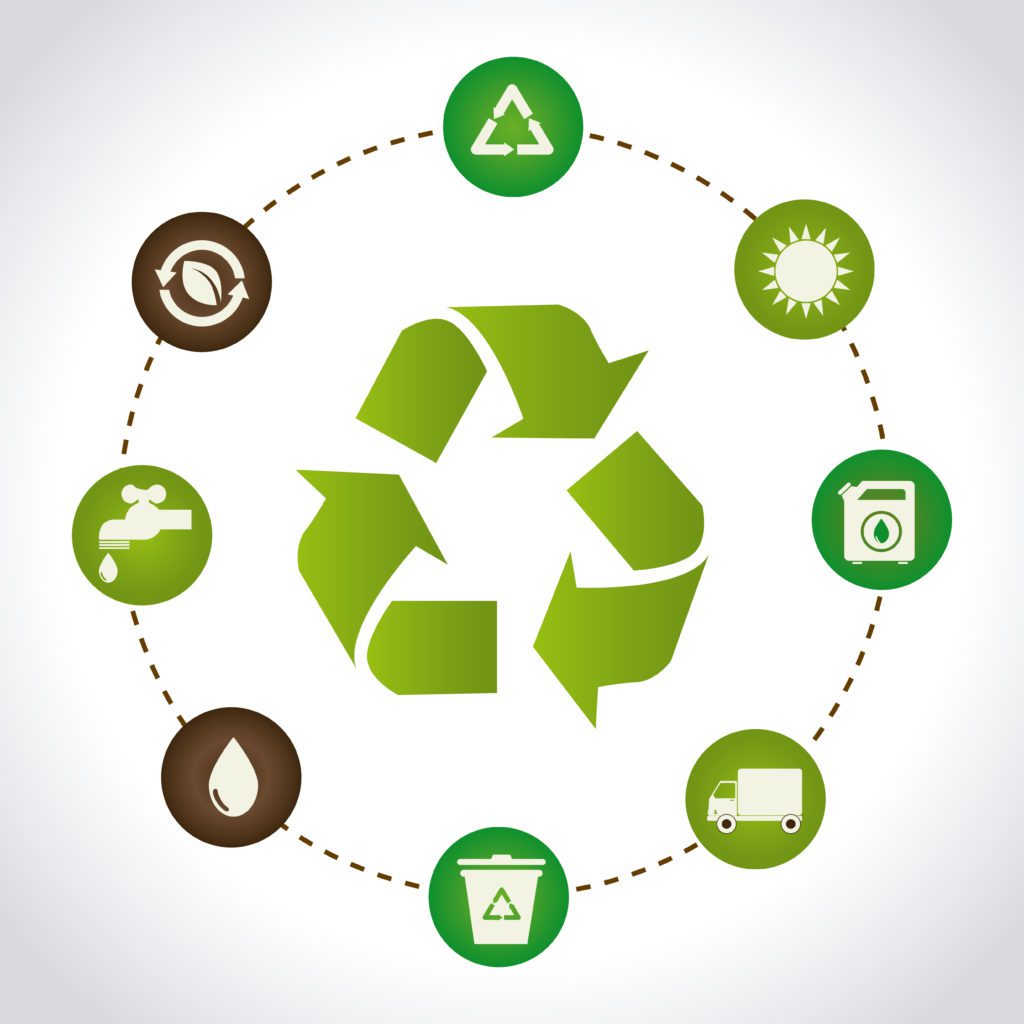
I. 3R – Reduce, Reuse, Recycle
The best way to avoid contributing to landfills is to avoid creating waste in the first place.
The order of the 3Rs is intentional for eco friendly business-
Reduce
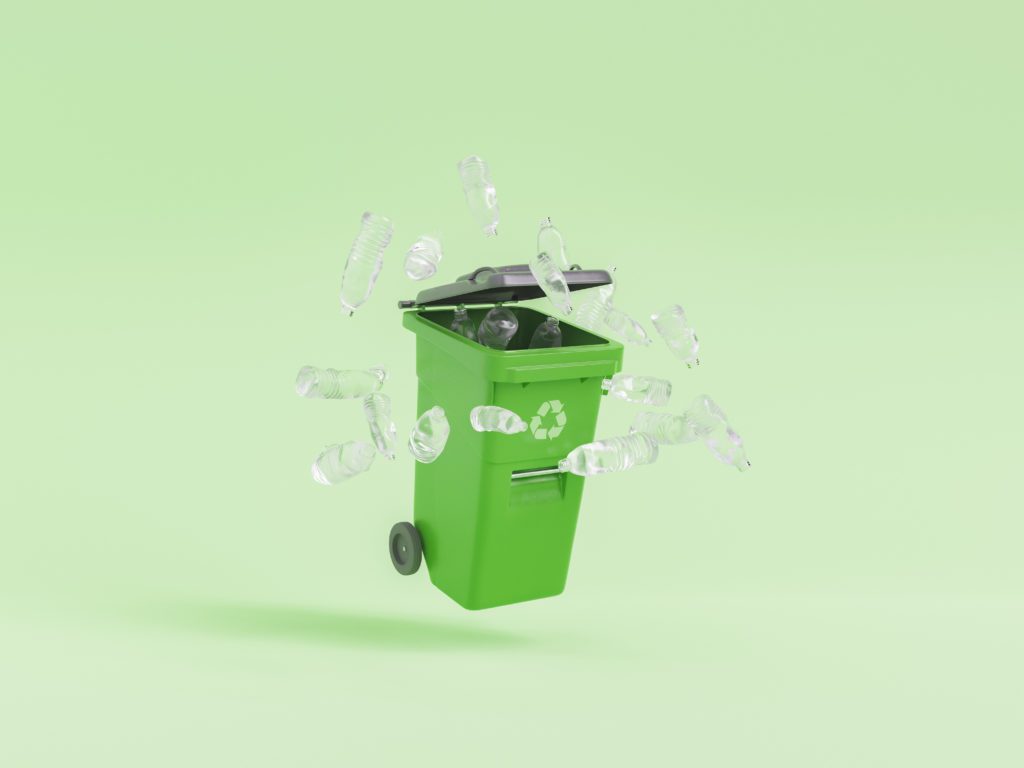

Make every effort possible to cut waste. A few ways to do this are
- using glass and ceramic alternatives instead of disposable cups, plates, and cutlery (not to mention coffee pods!),
- avoiding printing emails and other documents already available and accessible virtually, etc.
Reuse


If something is in good working condition, try and repurpose it. Here are a few examples:
- Fundamentally unharmed boxes, bags, envelopes, etc., can (and should!) do another round instead of getting thrown out.
- Encourage employees to print on both sides of the paper.
- Reuse one-sided pamphlets, prints, and photocopies instead of new paper as rough sheets for note-taking, doodling, and scribbling.
Recycle
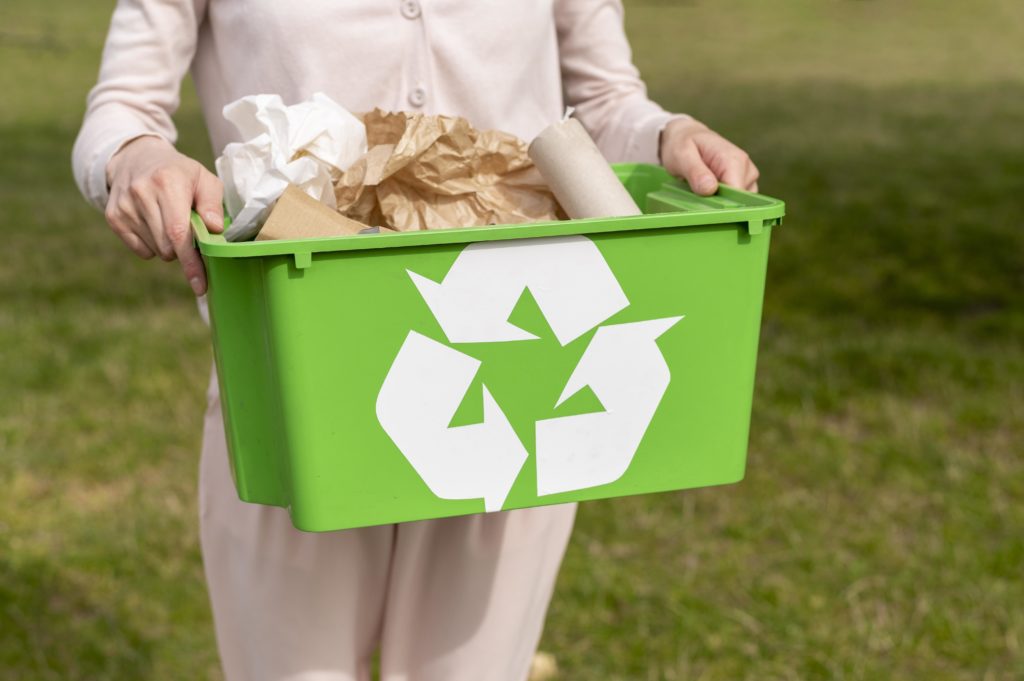

The next best thing when reducing or reusing isn’t an option is Recycling. Many communities kindly supply recycling containers and have simplified the recycling process, making it much easier to leave the garbage can empty these days.
Broken items should be repaired and reused instead of landing in the garbage and wasting money and resources on a new article.
II. Second-Hand Items for eco-friendly business


When starting a new business, buying new furniture, electronic equipment like computers, printers, coffee machines, etc., isn’t always necessary. It simply creates more demand for these products and, therefore, more production that requires a lot of energy and raw materials. If new businesses are willing to use refurbished or even vintage pieces, two objectives can be achieved – reusing and reducing!
III. Remote work


The necessity for individuals to be in a physical workplace is decreasing as more and more companies are going digital. Over the last few years, increased remote work has allowed individuals to balance their professional and personal lives while drastically lowering (read thoroughly eliminating!) commuting time.
This is nothing but fantastic news for the environment! Less carbon dioxide (CO2) is emitted into the atmosphere when fewer cars are on the road, idling in traffic. This tiny modification can boost a company’s overall carbon footprint by reducing traffic.
IV. Sustainable Packaging


From buying raw materials to shipping a product, packing is a crucial aspect of every business that ships items. While recycled paper and cardboard are tried and tested sustainable packaging solutions, they are not readily available in large quantities, making them impractical for larger companies. We have, however, progressed towards packaging that is 100% compostable AND produces zero waste at the end of its life cycle.
V. Composting


Composting is another strategy to keep trash out of landfills. A growing number of towns can compost almost any organic material.
What separates a banana peel in the compost from a banana peel in the trash is what it becomes. While banana peels slowly decompose and emit methane, a far more harmful greenhouse gas, they decompose swiftly in the compost and become soil for gardens and parks. The workplace is an excellent location to start a composting programme.
VI. Renewable Resources
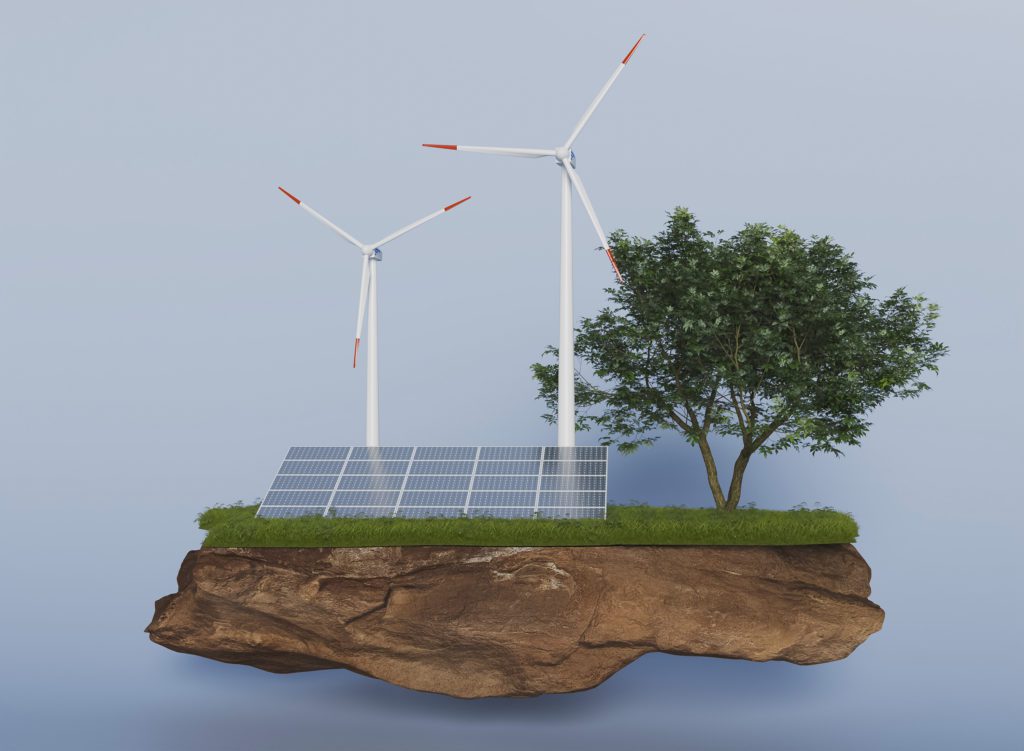

Solar panels are a common alteration made by eco-friendly enterprises to heat water and generate power. But wind, fuel cells, and geothermal energy are further options to explore as you dig deeper into renewable energy resources. Consider reusing the heat created by your computers or refrigeration equipment to heat your water.
VII. Be water-wise
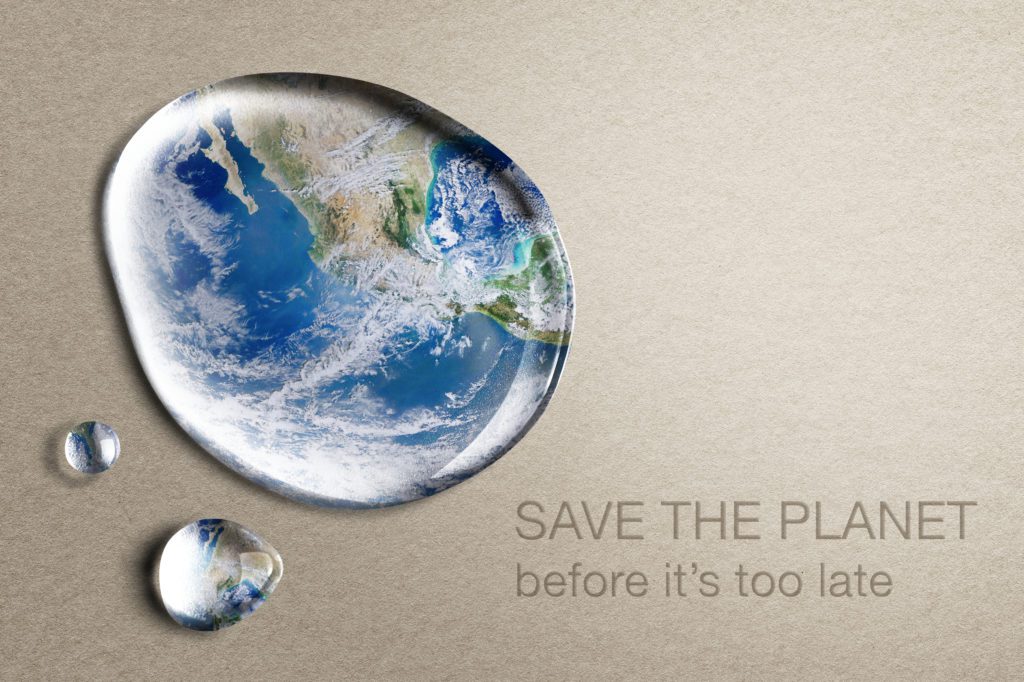

Examine your taps – a leaky one can waste as much as 10,000 litres per year, whereas a running flush can waste that much in a month. Drinking water is becoming an increasingly valuable resource, and wasting it harms your business and expenditures.
Waterless urinals and low-flow toilets are the newest addition to the list. In some locations, greywater recycling devices for flushing toilets or water gardening are popular. Rainwater collecting is also a wise investment. Consider replacing appliances such as dishwashers, cooling towers, and laundry systems with low-water and low-energy equivalents.
A washer that is 15 years old consumes nearly three times as much energy and twice as much water as a newer model. Good for the environment is good for the financial line, especially for energy and water savings.
VIII. Energy-efficient Upgrades
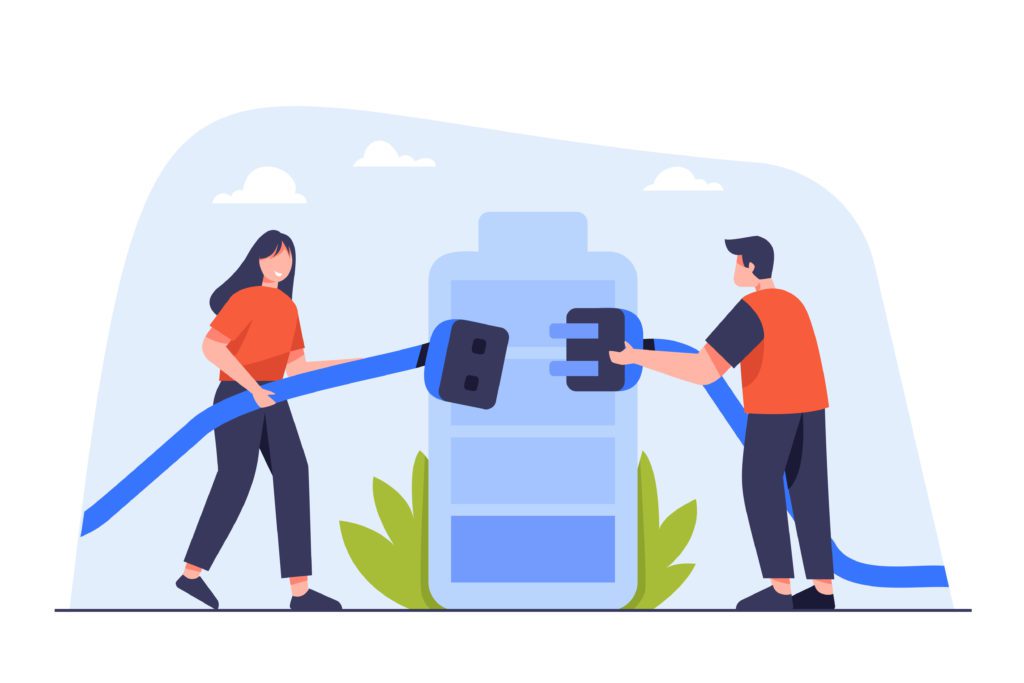

In addition to lowering the carbon footprint, being energy efficient helps us reduce energy bills. Simple changes such as using energy-efficient appliances, switching to LED lighting, automating lights with sensors, installing smart thermostats, utilising natural light, and providing employees with laptops instead of desktop PCs go a long way.
What is a Carbon Footprint and how is it relevant?
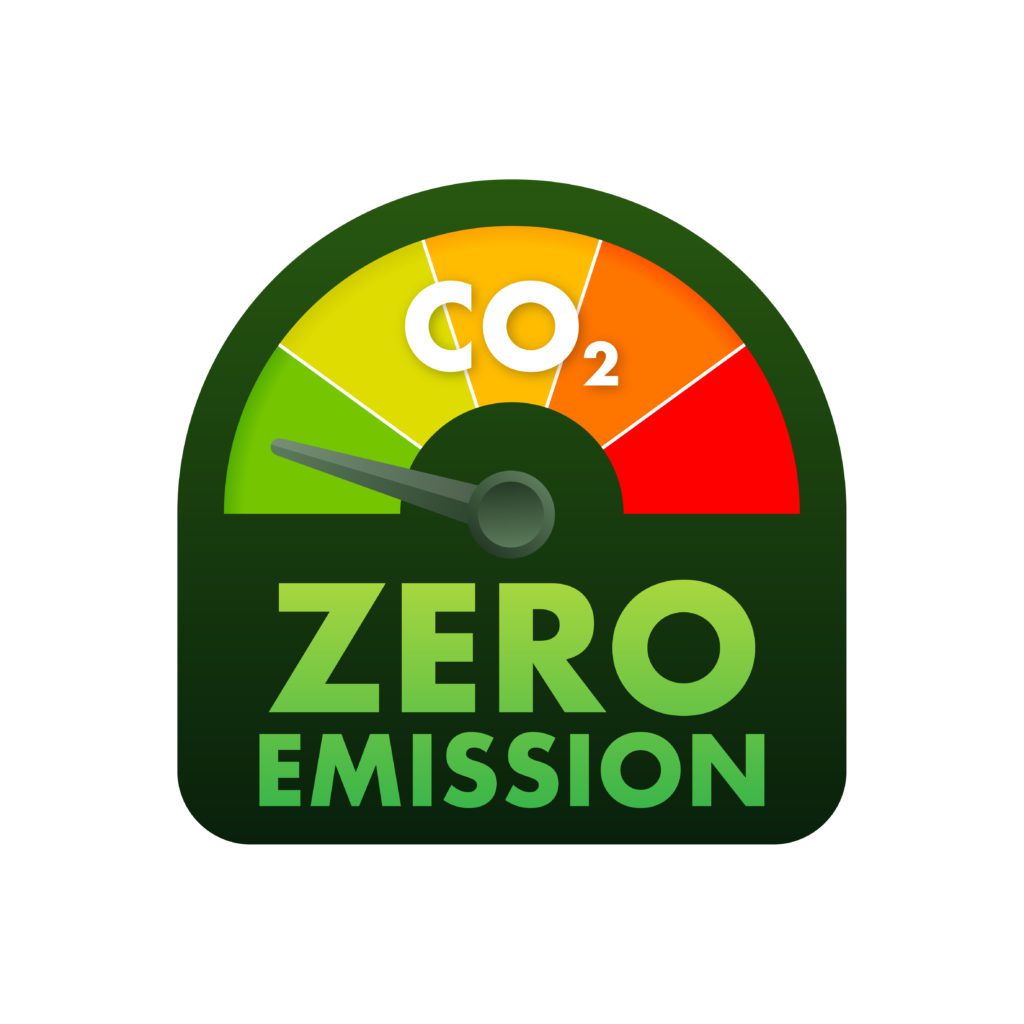

The total Greenhouse Gas (GHG) emissions caused by an individual, event, organisation, service, place, or product represented in carbon dioxide equivalents are known as Carbon Footprint (CO2e). The burning of fossil fuels, land clearance, and the production and consumption of food, manufactured goods, materials, wood, roads, buildings, transportation, and other services can all generate greenhouse gases, including the carbon-containing gases carbon dioxide and methane.
In most circumstances, the lack of data on intricate interactions between contributing processes (including the influence of natural processes that store or release carbon dioxide) negatively affects the study of the overall carbon footprint of an individual, group, event, etc. However, tests such as a GHG Emissions Assessment, a Life Cycle Assessment, or other calculative activities known as carbon accounting can be used to determine an individual’s, nation’s, or organisation’s carbon footprint. Once that information is known, a strategy can be devised to reduce the CO2e. Here are a few techniques to choose from- technological advancements, energy efficiency improvements, better process and product management, revised Green Public or Private Procurement (GPP), carbon capture, consumption strategies, carbon offsetting, etc.
Websites consume energy as well. The servers that store a website’s data are always on, consuming a lot of energy. Companies, fortunately, have the option of choosing where their data is stored. Eco-conscious businesses are increasingly offsetting their energy consumption to become carbon neutral.
Businesses may go carbon-neutral with the companies they choose to work including web hosting. Carbon-neutral vendors can be found in every major industry, from software businesses to food and beverage brands to apparel labels and transportation companies. Many small enterprises’ supplier chains will significantly impact their carbon footprint.
Finally, suppose a company cannot reduce their carbon footprint through modifications. In that case, it can always purchase offsets to bring the company closer to carbon neutrality. Businesses can analyse and offset their emissions using a variety of carbon marketplaces. When deciding, look for third-party accreditation and the projects in which the money will be invested.




